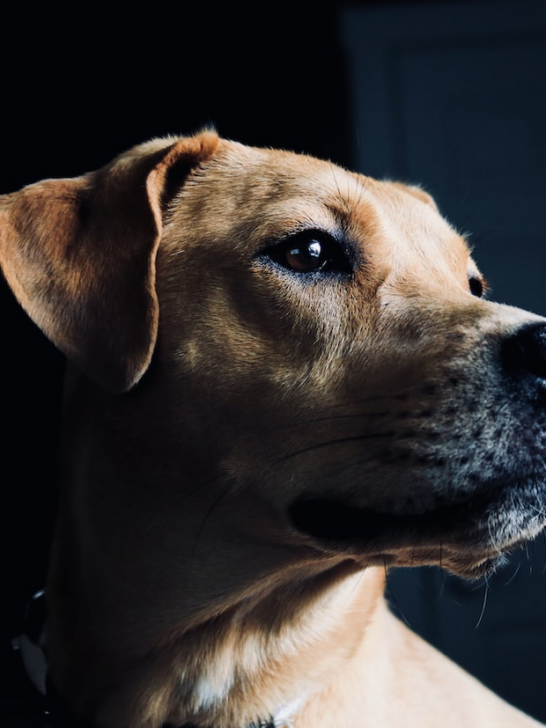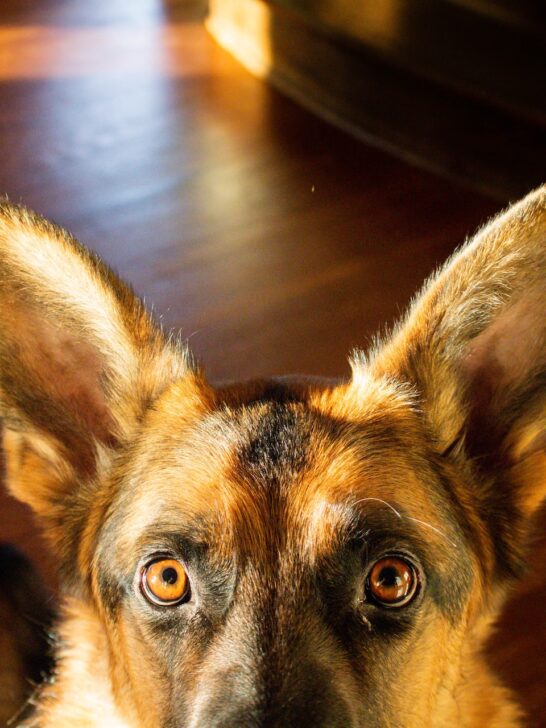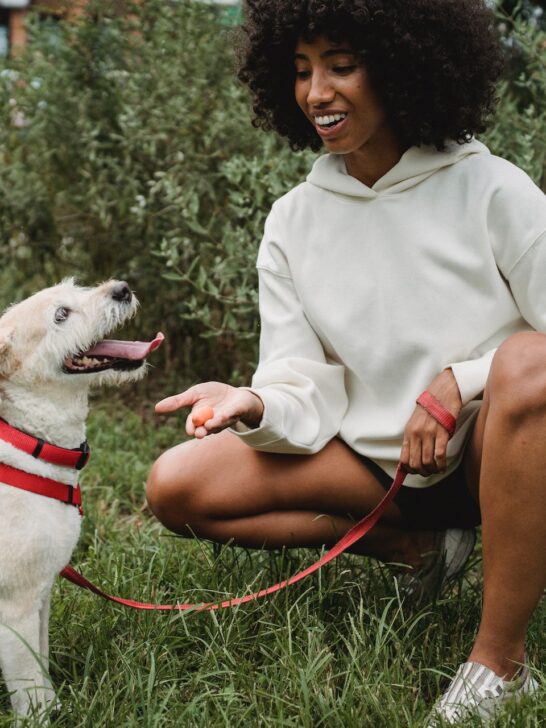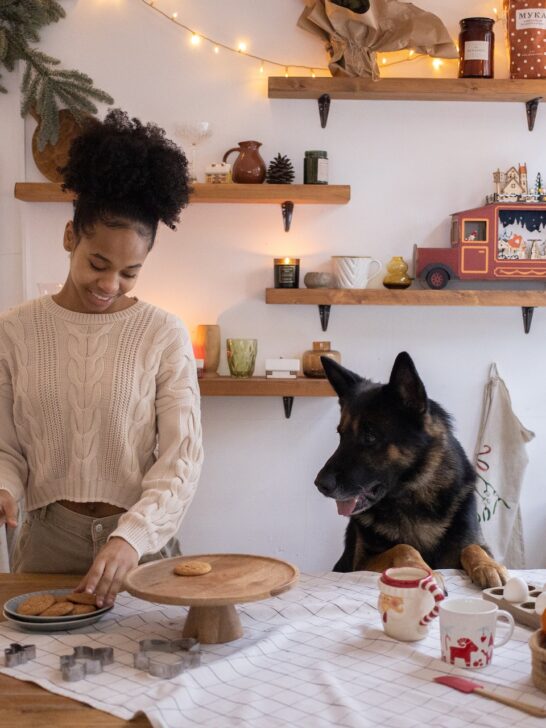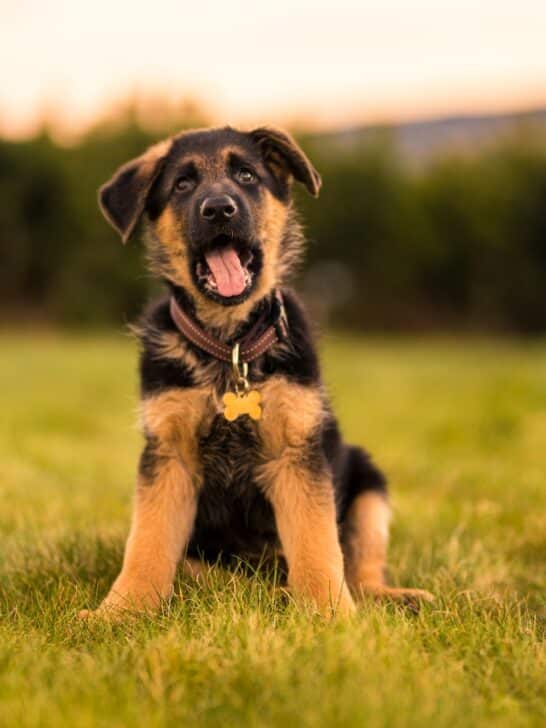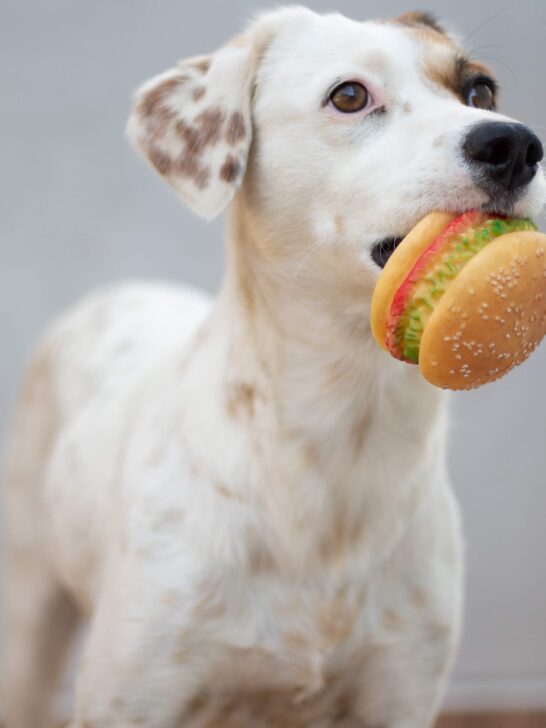Your Compelete Guide To Identifying Parvo Poop & Other Signs Of Parvovirus
What Is Parvo?
Parvo, short for canine parvovirus, is a highly contagious gastrointestinal illness that attacks the cells of the intestinal lining, preventing the dog from being able to absorb vital nutrients.
It can affect dogs of any age, but puppies are far more vulnerable to the disease as their immune systems are weaker, especially puppies under 6 weeks old.
It takes up to 7 days for an infected dog to show symptoms. If the disease is left untreated once the symptoms begin, even for a day or two, it can be fatal.
Unfortunately, many dogs diagnosed with canine parvovirus will die.
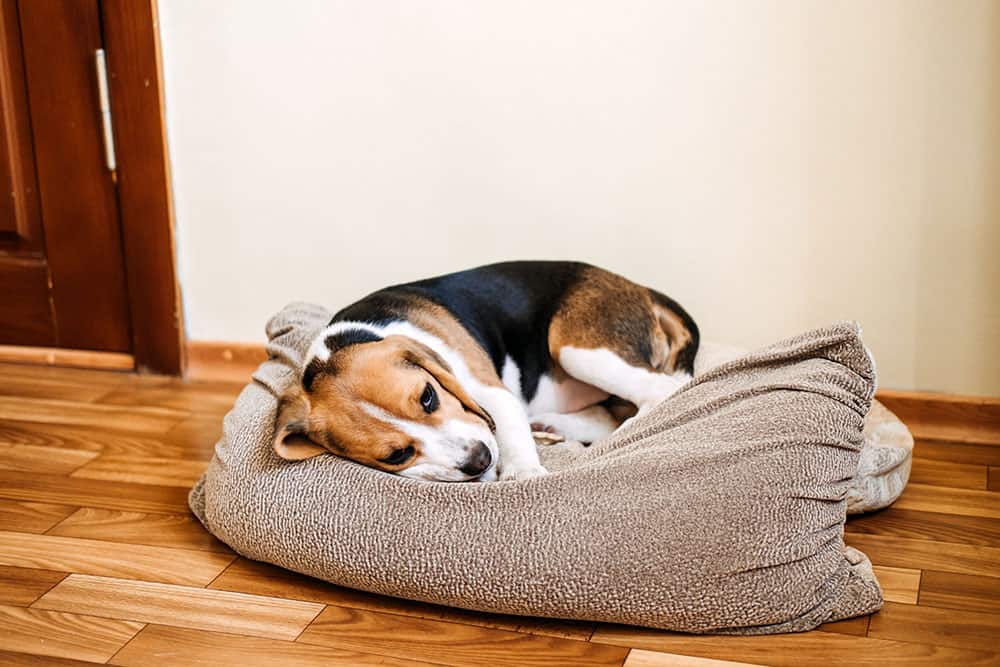
Spread & Prevention
Canine parvovirus is spread from dog to dog. Extended contact is not required as the disease is highly contagious – it could be as simple as a quick sniff of infected feces.
It can also be passed to dogs by humans who have handled feces or vomit infected with parvo, or it can be picked up from contaminated surfaces like blankets, bedding, food and water bowls and human clothing.
You can prevent the spread of parvo with vaccinations. Your puppy can receive their canine parvovirus vaccination when they are between 2 and 4 months old.
There is also a booster vaccine when they reach one year old. Before your dog is fully vaccinated, it is very important to limit their contact with other dogs.
Large outbreaks of parvo usually occur in towns and cities where a big proportion of the dog population are unvaccinated.
If you are buying or rescuing a puppy, make sure you double check they have had their parvo vaccine.
We recommend phoning the veterinary surgeon who reportedly provided the vaccine to ensure it definitely took place.
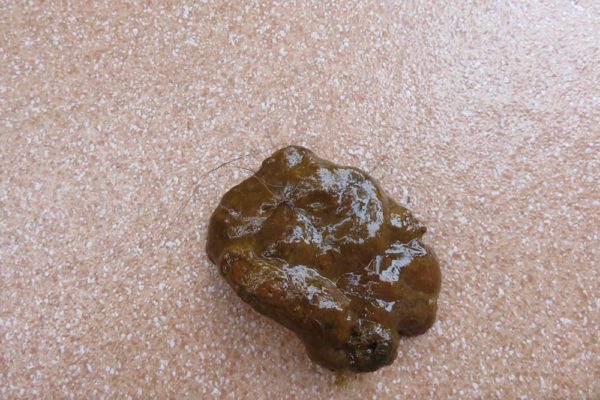
What Does Parvo Poop Look Like?
As canine parvovirus causes extreme stomach and digestive tract upset, the feces of a dog with parvo is usually liquid diarrhea.
It will begin brown in color, but will gradually become more red as the disease develops.
There will be a significant amount of blood in the feces as a result of the severe damage being caused to the intestines.
This is thought to be the cause of the distinctive, foul smell of parvo poop. It is a very strong smell that has been described as ‘rotting’.
The blood loss can lead to anemia- you can check for this by looking at your dog’s gums.
When you press on the gum, the normal color should return within a few seconds.
If the gums are noticeably pale and the color takes longer than a few seconds to return then they are likely suffering from anemia.
Other Ways To Tell If Your Dog Has Parvo?
Lethargy
Lethargy is often the first indication that your dog may have parvo. They will lose interest in their toys and may refuse to go out for a walk. This will progress to refusing to stand as they will feel so exhausted.
Vomiting & Diarrhea
The symptoms of parvo progress quickly, and lethargy will soon be followed by excessive vomiting and the signature parvo poop – liquid diarrhea as described above.
The vomit will likely be pale yellow or brown, or even clear.
There may be traces of blood in the vomit. The intestinal lining will quickly become damaged, causing the stomach to become very irritated. Ulcers will develop quickly.
Your dog will not be able to keep down any food or fluids which can be very dangerous – they could die of dehydration or shock before you have the chance to seek medical attention.
Abdominal Swelling
The irritation in the stomach and intestine will cause severe bloating which is especially visible from above. Your dog will appear very round in the middle. If you touch this area they will likely yelp in pain.
Loss of Appetite
As we mentioned above, your dong won’t be able to keep down any food or water. But it will reach a point when they will give up trying to eat or drink anything.
This, combined with how quickly they will expel the contents of their stomach and intestines, will often cause the ribs to quickly become visible despite the bloating.
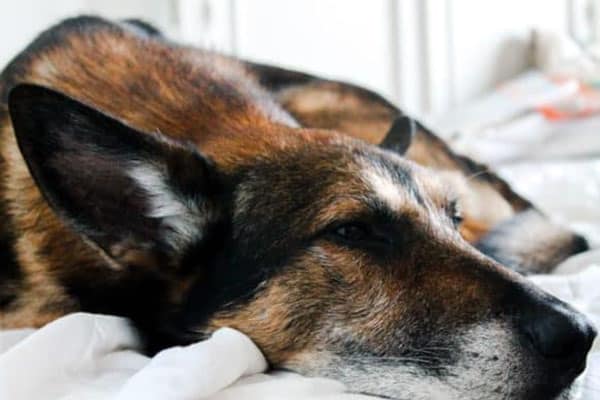
Fever
A dog with canine parvovirus will likely have a fever. They might feel hot to the touch, especially around the ears and tummy. Their eyes might become red and their nose will be warm.
Anything over 100 degrees fahrenheit is considered a fever, but each dog is different. If your dog’s temperature is less than 100 degrees but higher than normal, they could still have a fever.
If your dog is suffering from any of these symptoms and you suspect your dog may have canine parvovirus you should take them to the vet immediately.
Catching the disease in time could be the difference between life and death for your dog.
Make sure you keep them hydrated – the loss of appetite and excessive vomiting and diarrhea can lead them to become seriously dehydrated very quickly, which puts them at further risk of death.
Some of these symptoms crossover significantly with gastroenteritis or bacterial stomach infections, but these conditions also need to be treated quickly so it is always best to seek veterinary attention for your dog.
Treatment
When you get to the vets, they will perform an enzyme-linked immunosorbent assay test (ELISA test).
They should get the results within about 15 minutes.
They may also check your dog’s white blood cell count or test your dog’s feces, though these methods of diagnosis will take longer and time is precious when it comes to treating parvo.
Once a diagnosis of canine parvovirus is confirmed, your vet will recommend the next steps. Unfortunately, there is no cure for parvovirus but steps can be taken to increase the chance of survival.
Your vet might suggest hospitalizing your dog so they can have intravenous fluids. They may also advise you to take your dog home and give them anti-vomiting and anti-diarrheal medication.
























